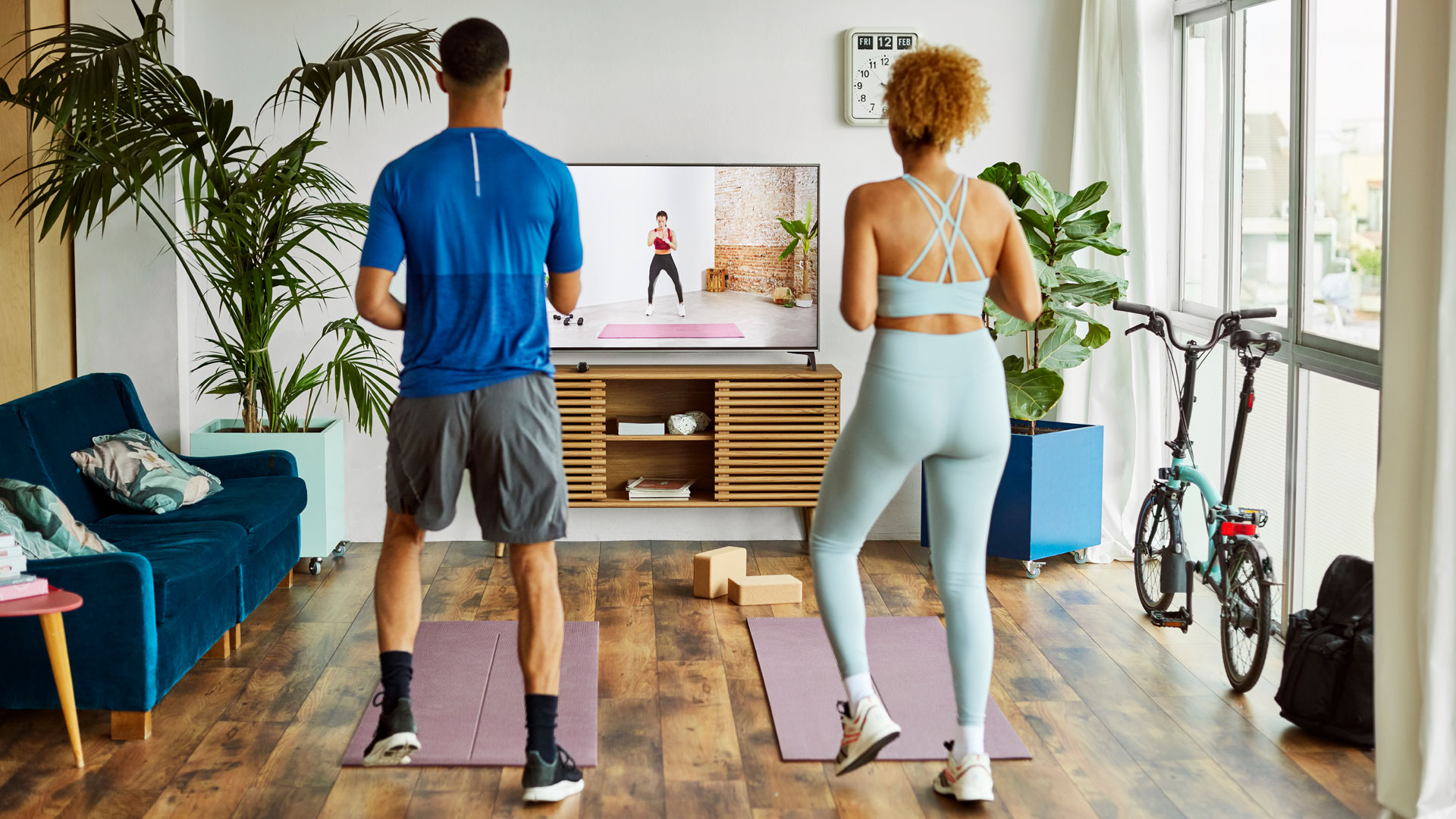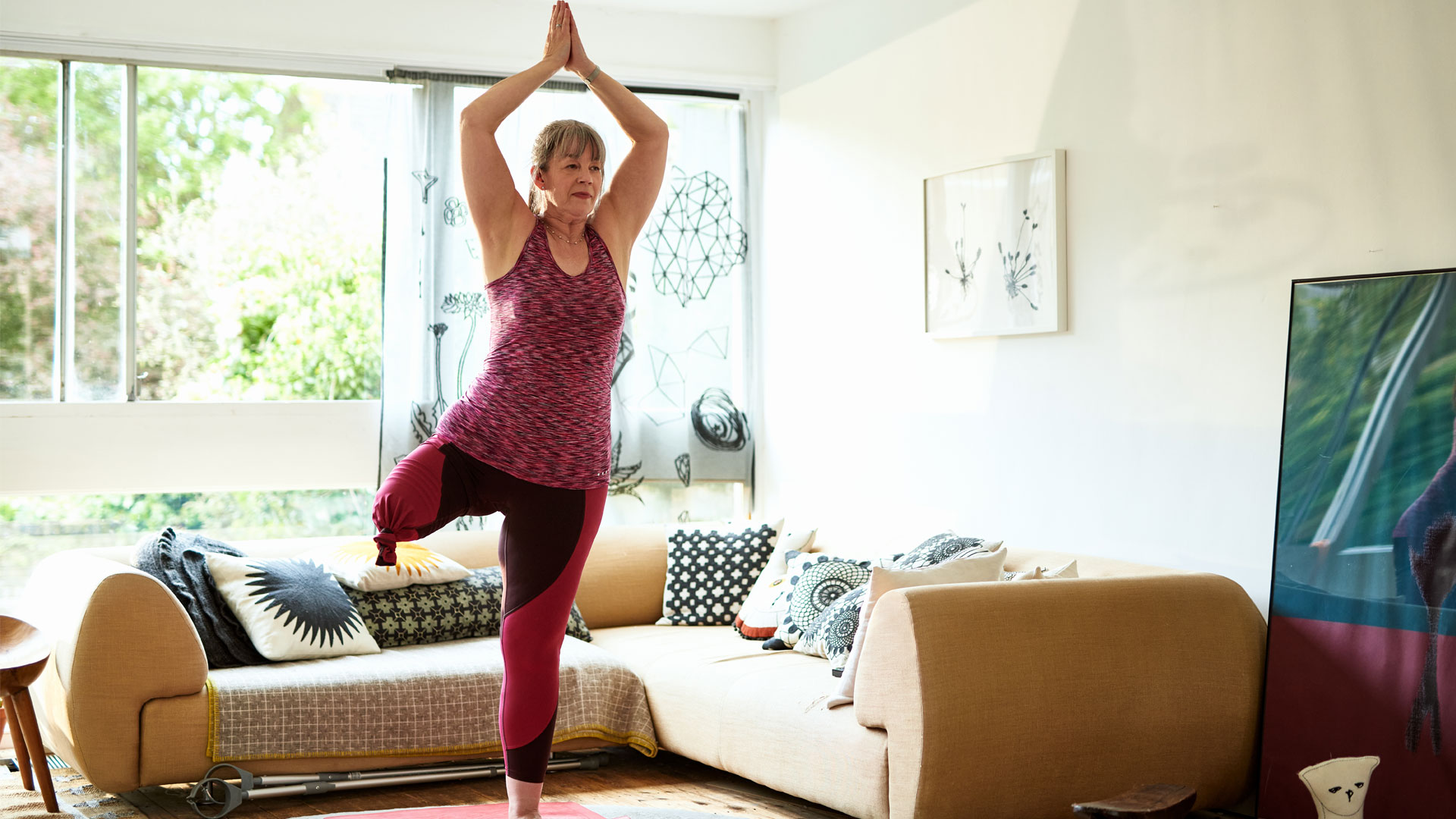How long does it take to see results from working out?
How long does it take to see results from working out? We spoke to fitness experts to find out


If you've started a new fitness regime, you may wonder; how long does it take to see results from working out? The answer can depend on many factors, including your current fitness levels and goals and how often you work out. Whether you are training for an event on one of the best treadmills or trying to up your weights at the gym, fitness experts believe that consistency is one of the key aspects to seeing results.
Everybody reacts differently to a new diet and exercise plan. And your definition of what counts as results may vary. Sometimes you may not see the numbers on the scale going down but notice visible differences in strength and muscle definition.
Read on to find out how long it takes to see results from working out, what factors affect your results and how often you should be working out every week.
How long does it take to see results from working out?
The time it takes to see results from working out varies depending on your goals. Are you looking to increase your aerobic capacity? See muscle gains? Lose weight? Each plan will have a different timeline for results.
Vicki Cumberworth is a personal trainer with 16 years of experience in the fitness industry. She says if you want to improve aerobic capacity, "Small, consistent steps will bring improvement as quickly as two weeks! It's never about volume or unrealistic levels, it's all about consistency and repeating an action regularly. Also, build up slowly. Start with a slow controlled walk, and get faster as you improve - basically no sprinting before you can walk."
"Weight loss can be very fast but if we would like to achieve sustainable weight loss set yourself a long-term goal like a year! It's easy to lose weight fast and gain weight fast but learning to enjoy the process and journey of losing weight is the key which can take time."
"Muscle gain is different for every individual (and factors like genetics and previous exercise experience play a role ) but I often see small developments in lean muscle gain in the first three months of training which is awesome!"
Start your week with achievable workout ideas, health tips and wellbeing advice in your inbox.
Research has been carried out to try and determine how quickly you can visualize exercise effects. A 2004 study published in The Journal of Strength and Conditioning Research examined whether or not six weeks of exercise would show a visible difference in fitness and appearance.
The researchers put a group of 25 sedentary men through an exercise program with either three 20-minute cardiovascular sessions each week, or three 30-minute high-intensity, strength training sessions. Then, based on photos, a panel rated the men's appearance at the start and end of the study. After six weeks, the ratings were unchanged. Also, objective signs of fitness, like body fat percentage, number of push-ups, and oxygen efficiency, didn't improve throughout the study.
The intensity of your workout also matters. In a study published in the Journal of the American Medical Association, researchers placed women who were sedentary, overweight, or obese into three groups — exercising at 50%, 100%, or 150% of the recommended energy expenditure level. After six months, women who worked out at the highest intensity level saw an 8% improvement in their cardiovascular fitness. Those at the lowest intensity level saw a 4% increase in fitness. So the more you crank up the intensity, the more likely you will see results.

What factors affect your results?
Personal trainer Emma McCaffrey says many factors can affect your results, including your current fitness levels and how often you are training. She says other factors that affect your results, "Consistency and varying your training are crucial. Diet also plays a massive role. If you're eating the wrong things, you will not see results. If you put the wrong fuel in your car, you would not expect it to work; it is the same with humans. What you choose to take in will affect results. Hormones and age can also play a role and it's essential to understand this at the outset and find a fitness routine that works for you."
How many days a week should you work out?
Vicki Cumberworth says, "There is a big misconception that you need to train six days a week to see results. I am a huge advocate for training realistically! Working out three times a week consistently wins every time over an unmaintainable six days a week regime that only lasts a short amount of time."
The Center for Disease Control and Prevention (CDC) recommends doing either:
- 30 minutes of moderate-intensity cardio activity at least five days per week (150 minutes per week)
- at least 25 minutes of vigorous aerobic exercise three days per week (75 minutes per week)

The CDC states that if you want to lose weight, consider two days of moderate activity and two days of vigorous aerobic exercise or high-intensity interval training (HIIT).
The CDC also endorses two to three days per week of strength training for all major muscle groups (legs, hips, back, abdomen, chest, shoulders, and arms). Include full-body workouts that focus on compound exercises. These are moves that work multiple muscles at a time.
Examples include:
- Squats with a shoulder press
- Deadlift with a bent-over row
- Lunges with a lateral raise
- Push-ups and plank with a one-arm row
Need some workout inspiration, try this HIIT workout for fat loss.
Catherine is a freelance journalist writing across titles such as Verywell Health, Healthline, The Daily Telegraph, Refinery29, Elle, and Vogue. She specializes in content covering health, fitness, wellness, and culture.
A once reluctant runner, Catherine has competed in 30 running events in the past five years and looks forward to one day running the London Marathon.
